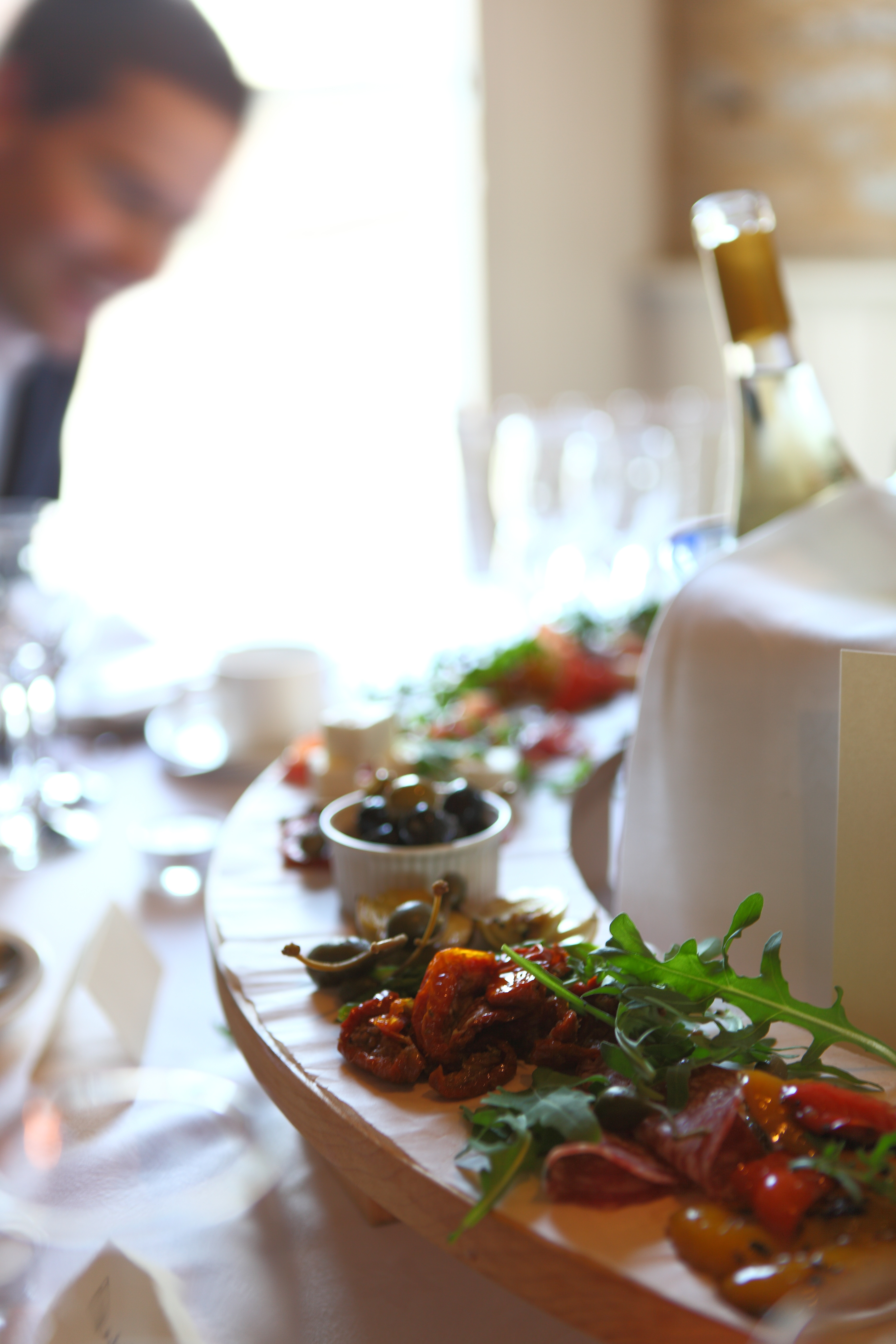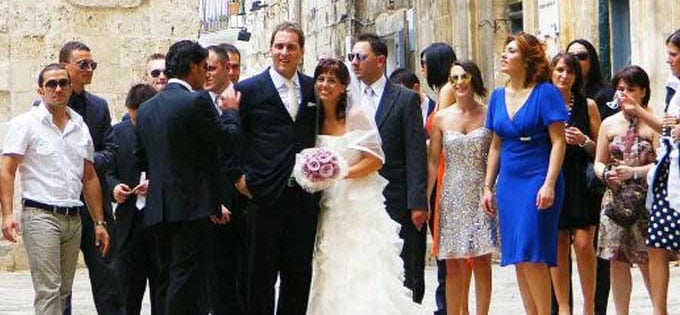How to Survive an Italian Wedding: Do’s and Don’ts For the Big Day!
Photo via Flickr
Got an Italian wedding to go to and no clue on what will happen? We’ve got you covered with our list of do’s and don’ts to help you survive any big, fat, Italian wedding.
So you’ve been invited and you’ve sent in your RSVP, but what happens next? What should you wear? What will the ceremony be like? Should you bring a gift? It might all seem a bit overwhelming, but don’t worry! We’ve broken it down into easy to tackle bits so you’ll be completely prepared when the big day comes!
Obstacle 1: The Clothing.
You’re going to have to come dressed in something, but you knew that when you RSVP’d for this shindig. It’s important to consider the season and venue when picking your outfit for an Italian wedding. Most weddings will be held in a church, as secular or registry weddings aren’t really the norm in Italy. In the summer, they will be blisteringly hot with little to no air circulation, so make sure you wear something that breathes; this is especially important for men in suits. Think about taking a fan with you as well if you can, otherwise you may find yourself using your wedding program in lieu of the real thing. In the winter, you may find it to be a bit crisp, so make sure you bring your finest, warmest cover-up or jacket.
No matter what the weather or season, you need to think chic and sexy. When attending a wedding in Italy, you’re expected to look amazingly beautiful and a little bit sexy, not enough to offend the church, but enough to make an impact. You could wear a well-cut suit in simple, classic colours with comfortable but fashionable shoes for dancing late into the night. You could also wear a form-fitting, little black dress with sexy heels (and foldaway ballet flats for the dancing later on in the evening). A note of caution to the ladies: don’t wear white. Dio mio, the scene it will cause if you do. No one upstages an Italian bride!
Do: Wear season appropriate, chic, classic clothes.
Do: Wear sexy and comfortable shoes so you can dance the night away, while looking good.
Don’t: Wear weather inappropriate clothing, in other words anything too thin or too thick.
Don’t: Wear white!
Obstacle 2: The Ceremony.
As previously stated, most Italian weddings will be held in a church. More often than not, this church will be Catholic, which may be something you’re familiar with, or it may be something that is completely new to you. If you’ve attended a Catholic Church service before, you may have noticed a lot of movement: standing, kneeling, sitting, and maybe even some shaking of hands. If you’re not sure what to do, just follow along with the oldest ladies or the Nonnas at the service. Chances are that the Nonnas in the crowd will be old hats at the wedding routine, and they should be a good guide for what you should and shouldn’t do.
After the wedding ceremony is finished, you can shout a hearty,”Auguri!” at the happy couple. This means “Best Wishes!” and you may find it shouted at you by passers-by!
Do: Watch the Nonnas for tips on what to do during the ceremony.
Do: Yell Auguri when you’ve left the church to wish the lucky couple well!
Don’t: Sit through the entire service without trying to follow along.
Don’t: Fall asleep, even if it feels like it’ll never end!
Obstacle 3: The Reception.
Now, check to make sure you’ve brought an envelope full of money. But, why? I hear you ask. It’s incredibly common to bring cash as a gift, and it’s usually incorporated into the reception. The groom’s tie and/or the bride’s garter will often be chopped up and ‘sold’ for cash donations during the reception. The bride may wear a satin bag, called la borsa, around her neck or somewhere on her person, and more brave guests can slip in a cash-filled envelope in exchange for a dance with the her. Consider how expensive the wedding seems to be (popping nothing but bottles? That definitely ups the cost) and how well you know the bride and groom when you calculate how much money to give. Anywhere between $100-150 is usually standard, but use your discretion.

Photo via Flickr
The meal will be giant. It will be huge. It will be bigger than any meal you’ve ever had in your life. I mean, you can expect up to 14 courses or more, plus drinks! Make sure to eat a light meal early in the day, and be careful when offered bread- it will just take up room in your stomach that could be used for risotto ai funghi, prosciutto, and of course millefoglie, a traditional Italian wedding cake made up of layers of flaky pastry.
After you’ve drunk your drinks and danced your feet dead, it’ll be time to head home. Be prepared for at least a 30-minute exit with lots of cheek kissing or full on kissing depending on who’s had a little too much grappa. Your feet will be sore and your stomach will still probably feel about fit to burst, but hey, those are pretty fantastic problems in the dolce vita!
Do: Eat light on the day so you’ve got lots of room to gorge yourself on the main meal.
Do: Bring some cash for bride and groom.
Don’t: Fill up on bread! It’s a rookie move.
Don’t: Forget to kiss everyone goodbye as you leave.
And lastly, don’t forget to learn a little bit of Italian first, of course!



